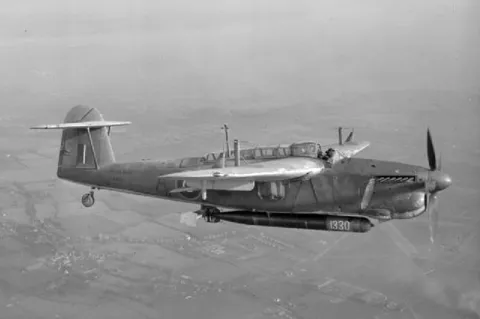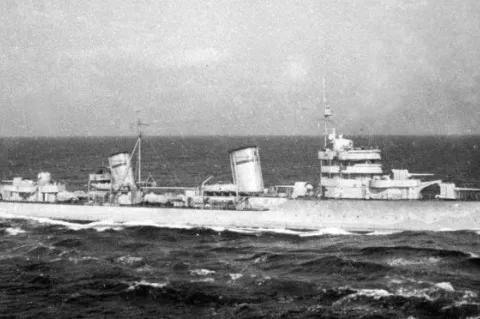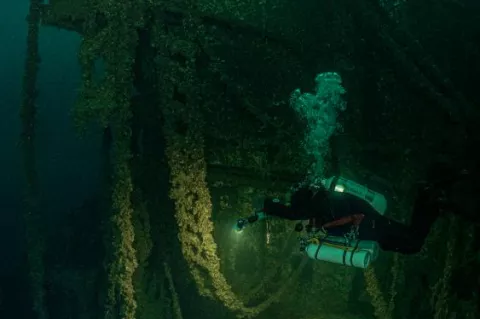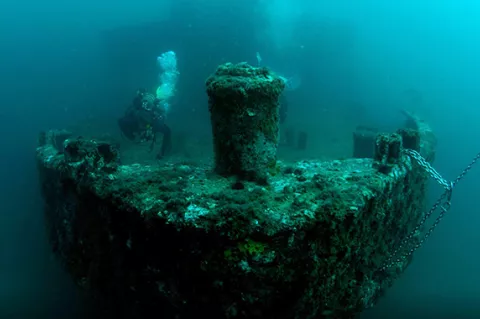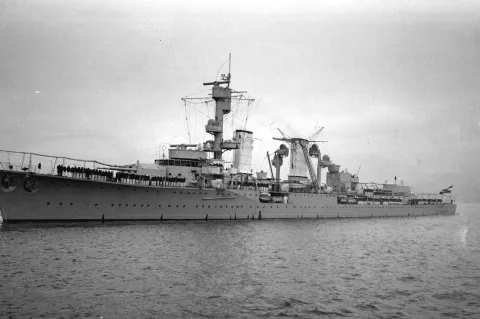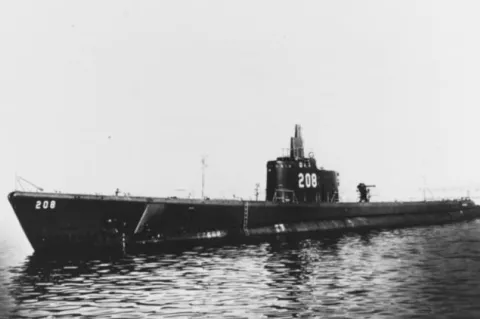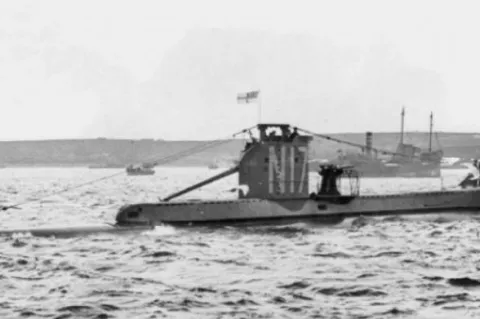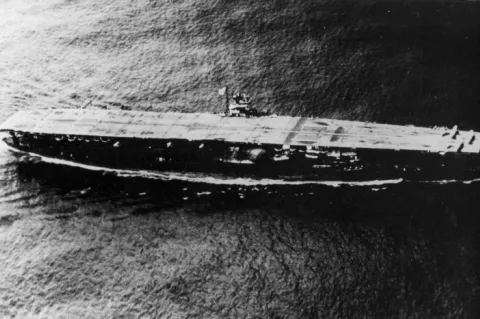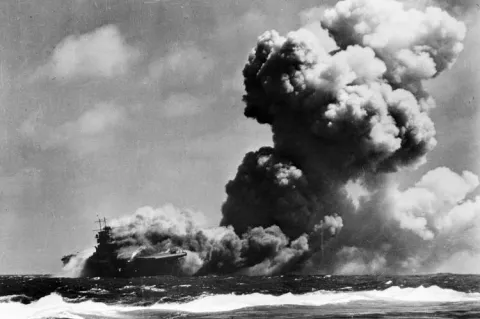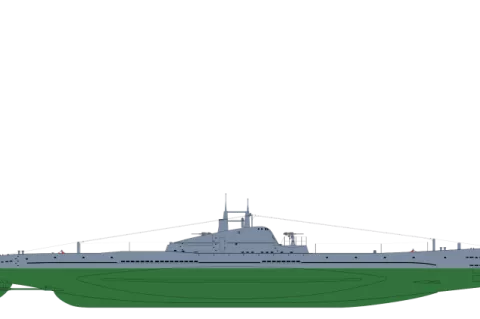British WWII torpedo bomber found in Norwegian fjord
On 22. February 1945 nine Fairey Barracuda from 821 Naval Air Squadron are launched from the aircraft carrier HMS Puncher in the North sea on a minelaying operation along the western coast of Norway, or more specifically Karmsundet which is a narrow strait south of the coastal town of Haugesund.

